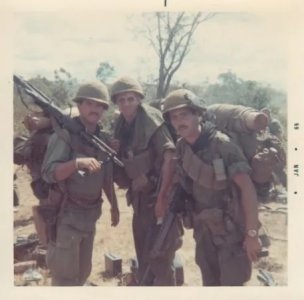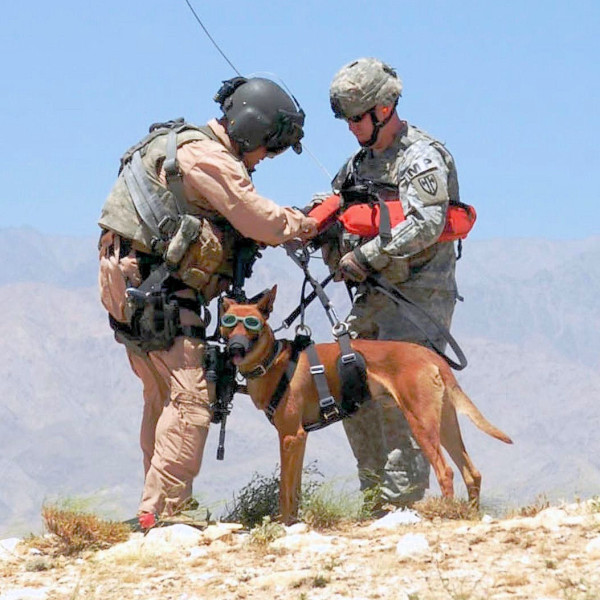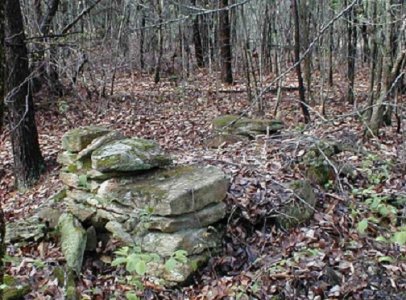Thread got me to thinking. Going through what we carried on our back. Even with a foggy memory, I can remember this much...
Resupply in the bush occurred every 3-4 days, but sometimes, had to be extended to 5-6 days because of poor weather or other unforeseen circumstances. That was some of the reason for carrying all that freight in my rucksack.
First, it was C-Ration meals. They actually weighed the most; each can is slightly larger than a can of Campbell’s soup or canned vegetables. When you consider eating 9-12 meals, besides cans of fruit, crackers, and other snacks, the combined volume and weight forced me to sometimes skimp on meals (try gathering 15-20 cans together the next time you’re in the supermarket to see what I mean).
Near the end of my tour, they introduced us to freeze-dried LRP meals (long range patrol meals) Dehydrated meals that weighed very little in comparison to C-rats but required extra water to hydrate and prepare the meals.
Water needs were next. The summer months, March to October, was difficult because you had to carry enough water to last until the next resupply. On average, each man carried (4) quart canteens although after LRP's were introduced, 6 canteens were more the norm.
Some areas of operation that had rivers and streams were also good sources of water, but needed to be purified with iodine tablets first and then wait a couple of hours before drinking. You also had to look past the color of the water as none of these streams and rivers were pure as the melted snow in the Rockies; more like algae green or coffee brown. After purification, the sediment settled on the bottom, so, shaking the canteen or drinking too fast would cause spitting episodes after particles sneak through your gritted teeth. (or in some cases... a leech).

During the monsoon season, there was ample water no matter where you were in-country. Bomb craters were in abundance and usually filled with 10 to 15 feet of water; we’d designate one for bathing and another for drinking water, banana leaves and ponchos also helped collect rainwater during the storms, so we could get by with just 1 or 2 canteens. Some would think the rice paddies would be a sure soursce of water, but, you forget that they used human waste as fertilizer. (that and you're in the wide open spaces... perfect for snipers)
A Poncho liner (quilted blankets of polyester and cotton) was then stuffed into my ruck to help keep the C-Ration cans secure and cushioned. Then I packed (2) trip flares with wire and stakes, (1-2) Claymore mines, firing device's and 50’ of wire with an attached blasting cap, and a 100-round link of M60 ammo. Sometimes we also carried rolls of detonation cord and blasting caps in our rucksacks which were used to daisy chain Claymore mines or wrap around a tree to knock it down for a Medivac to land.
Everyone had a set of suspenders attached to an ammo belt worn around our waists. This is where we stored extra ammo magazines for our M-16s, smoke grenades, baseball grenades, first-aid battle dressings, and our canteens. This particular setup was all we wore when going out on short patrols or where we’d spend maybe two nights out on ambush and could forego the rucksack.
Each rucksack had three pockets on the side that we used to store a variety of things. Mine held several packs of cigarettes, coffee, salt/pepper, heat tabs, lighter fluid, foot powder and bug juice and my cooking stove (a modified C-Ration biscuit can with holes in its side). A little dab of c-4 and you had an instant small odorless hot fire.
I’d roll my poncho into a small 12” long cylinder and tie it to the bottom of my ruck. I used it as a roof during the monsoon season and as my ground cover for sleeping at night. Still had to secure a machete and folding shovel to the ruck, and attach either a bayonet or Bowie knife
to the ammo belt. Finally, I’d add (2) cloth bandoleers of 5.56 ammo rounds crisscrossing them across my chest like Pancho Villa did his ammunition. (never had enough ammo). While this was heavy enough a load, If you got chosen to be an assistant gunner, you carried an additional 300 – 500 rounds of M60 ammo (35) lbs besides an M-16 and ammo bandoleers. Some of us guys also carried an extra barrel for the M60 machine gun across the top of our rucksacks.
View attachment 298072




